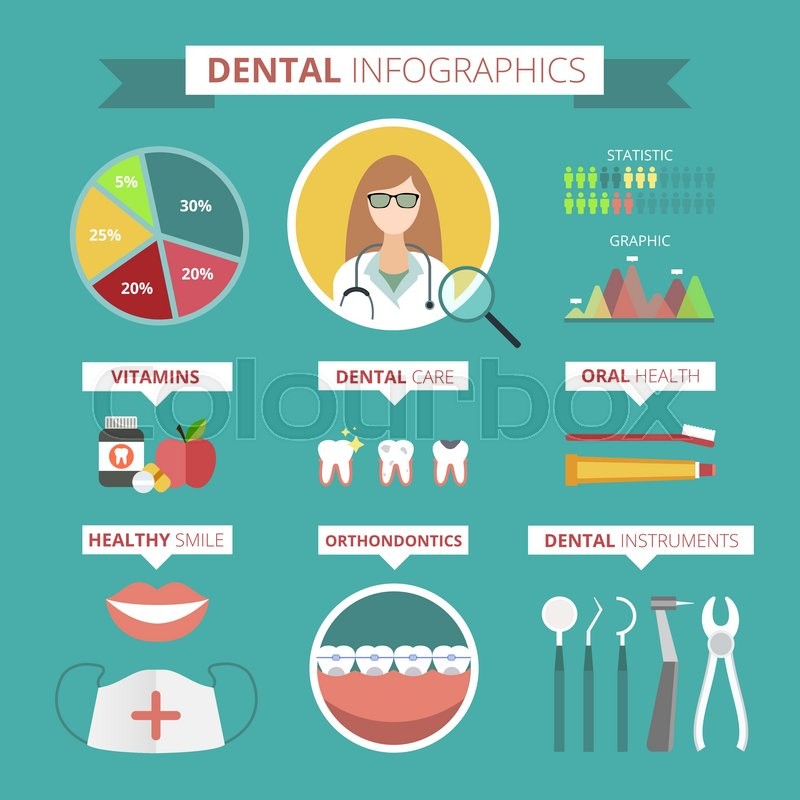Reveal The Transformative Improvements That Are Reshaping Dental Surgery. Look Into The Future Of This Self-Control And Keep An One-Upmanship. Click Now To Obtain Understanding Into What Lies In Advance
Reveal The Transformative Improvements That Are Reshaping Dental Surgery. Look Into The Future Of This Self-Control And Keep An One-Upmanship. Click Now To Obtain Understanding Into What Lies In Advance
Blog Article
Writer-Petersson Jonasson
Welcome to the world of oral surgery, where technologies and breakthroughs are shaping the future of the field! In this exciting world, you'll witness the transformative power of robotics, the advanced marvel of 3D printing, and the game-changing influence of minimally invasive strategies.
The future of oral surgery holds a promise of precision, performance, and boosted individual end results. With the help of sophisticated robotics, doctors are able to execute intricate procedures with better precision and control.
3D printing innovation is reinventing the development of oral implants and prosthetics, providing customized services that fit perfectly into each person's special makeup.
Additionally, minimally invasive methods are decreasing post-operative discomfort and recovery time, allowing patients to go back to their day-to-days live faster.
Prepare dental sealants in austin to explore the amazing advancements and advancements that are improving the landscape of oral surgery!
Innovations in Robotics
One major advancement in oral surgery is using robot technology, which enables precise and efficient surgical procedures. With the help of robotic systems, dental specialists have the ability to carry out intricate surgeries with enhanced accuracy, reducing the risk of human error.
These robot systems are geared up with innovative imaging technology and accurate tools that make it possible for surgeons to browse via detailed physiological frameworks effortlessly. By utilizing robotic modern technology, doctors can attain better surgical accuracy, resulting in enhanced client outcomes and faster healing times.
On top of that, using robotics in oral surgery permits minimally intrusive procedures, decreasing the trauma to surrounding cells and promoting faster healing.
3D Printing in Oral Surgery
To boost the field of dental surgery, you can check out the subtopic of 3D printing in dental surgery. This ingenious innovation has the potential to change the means oral doctors run and deal with people. Here are more information in which 3D printing is forming the area:
- ** Custom-made Surgical Guides **: 3D printing enables the creation of highly accurate and patient-specific medical guides, improving the accuracy and performance of procedures.
- ** Implant Prosthetics **: With 3D printing, dental cosmetic surgeons can create personalized dental implant prosthetics that completely fit a client's special anatomy, resulting in much better results and individual fulfillment.
- ** Bone Grafting **: 3D printing allows the manufacturing of patient-specific bone grafts, lowering the demand for conventional grafting methods and boosting recovery and recovery time.
- ** Education and Training **: 3D printing can be made use of to create realistic surgical versions for educational purposes, enabling oral doctors to exercise complicated treatments before executing them on individuals.
With its prospective to enhance accuracy, personalization, and training, 3D printing is an interesting advancement in the field of oral surgery.
Minimally Intrusive Strategies
To even more advance the field of dental surgery, embrace the possibility of minimally invasive methods that can greatly benefit both doctors and individuals alike.
Minimally intrusive strategies are revolutionizing the area by lowering medical injury, lessening post-operative discomfort, and accelerating the recovery process. These techniques entail utilizing smaller incisions and specialized instruments to perform procedures with precision and efficiency.
By making use of innovative imaging technology, such as cone beam of light computed tomography (CBCT), cosmetic surgeons can accurately intend and execute surgical procedures with minimal invasiveness.
In addition, using lasers in oral surgery allows for precise cells cutting and coagulation, causing minimized blood loss and reduced healing time.
With minimally invasive techniques, clients can experience quicker healing, lowered scarring, and improved end results, making it an essential aspect of the future of dental surgery.
Verdict
So, as you can see, the future of oral surgery is extremely appealing, with exciting technologies and advancements shaping the area.
From james kim dentist in robotics to using 3D printing and minimally intrusive strategies, dental specialists are transforming the method they offer care.
While some might stress over the prospective cost related to these innovations, it's important to bear in mind that these technologies ultimately enhance patient end results and reduce recovery time, making them well worth the investment in the long run.
